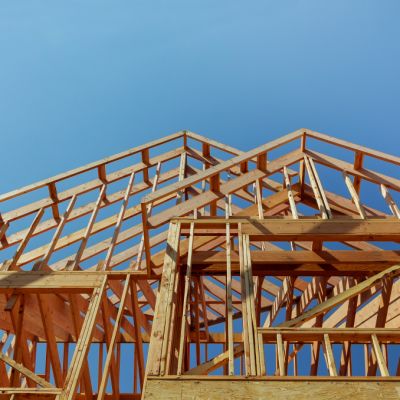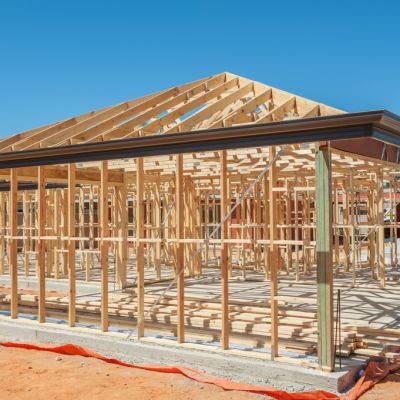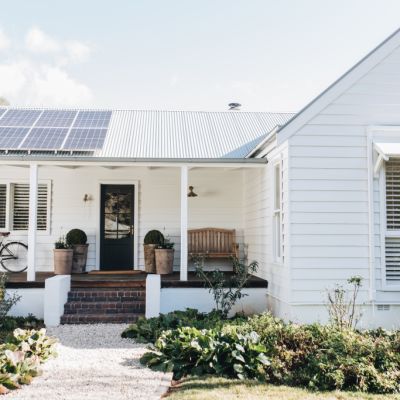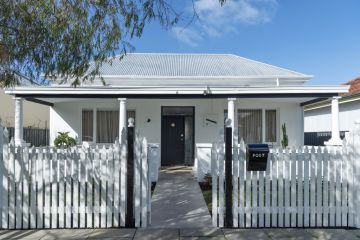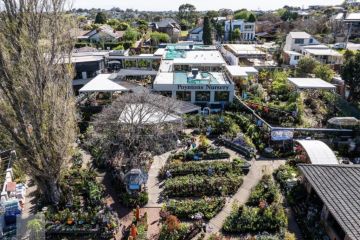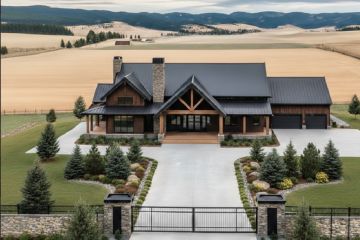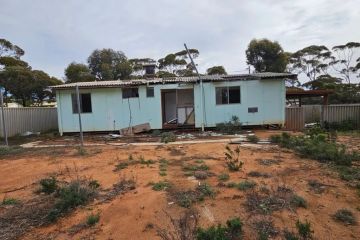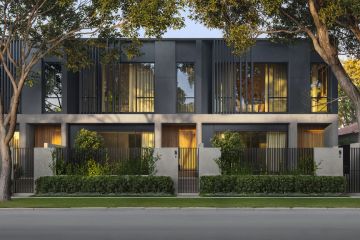The economics of responsible construction: How building green can save you money
There has been a notable shift in the construction industry in recent years towards more responsible building practices.
With growing awareness of environmental issues and the imperative to mitigate climate change, many homeowners, developers, architects, and builders are incorporating eco-friendly principles and practices into their projects.
Beyond the environmental benefits, there’s a compelling economic case for embracing responsibility in construction.
Lower operating costs
One primary way responsible building practices can save money is through reduced operating costs over the building’s lifespan.
Green buildings are designed to be more energy-efficient, utilising features like high-performance insulation, passive solar heat gain, energy-efficient appliances, LED lighting, and advanced HVAC systems.
These features are designed to significantly lower electricity, heating and cooling expenses, resulting in substantial savings for building owners and occupants over time.
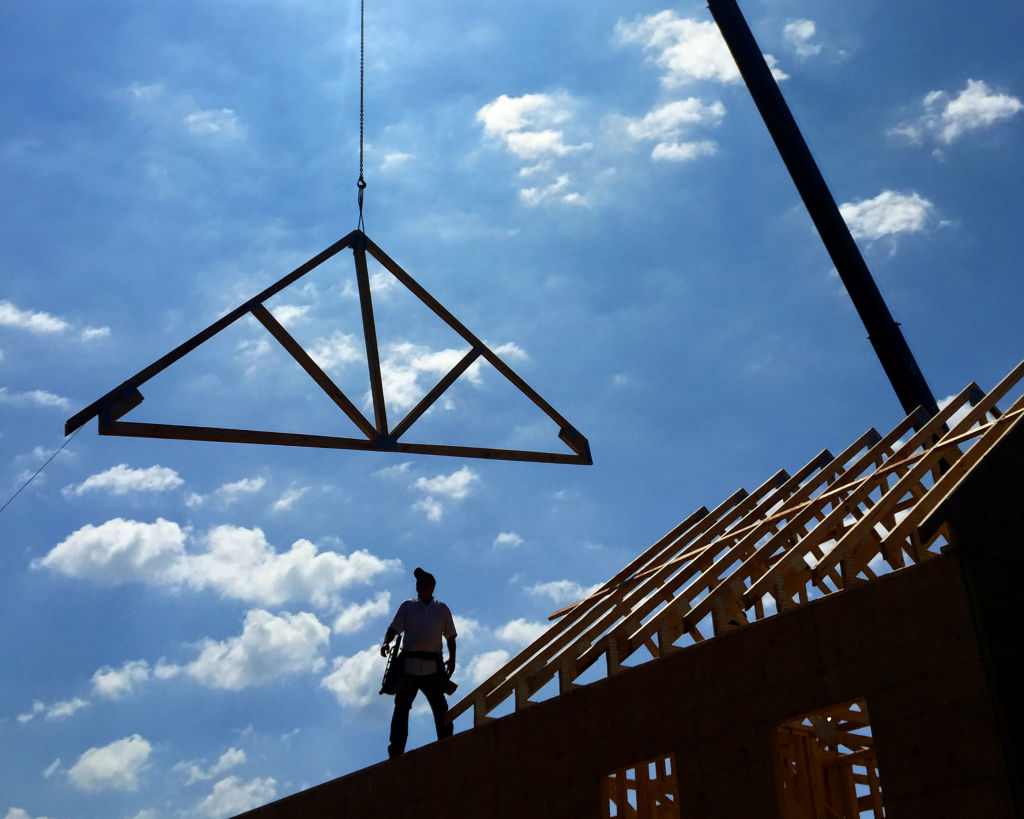
Long-term investment
While the upfront costs of integrating responsible features into a building may be higher than conventional methods, it’s essential to view responsibility as a long-term investment.
Many eco-friendly building materials and technologies have longer lifespans and require less maintenance than traditional alternatives. For example, investing in durable materials like wood-fibre insulation, recycled cladding, good quality fixtures and fittings, and low-energy, fit-for-purpose appliances can reduce replacement and repair costs, resulting in savings over a building’s lifespan.
Regulatory incentives
Governments at all levels are increasingly implementing regulations and incentives to promote responsible building practices.
From grants for green building projects to stringent energy efficiency standards, these policies encourage owners and developers to invest in environmentally-friendly construction methods. Taking advantage of these incentives can offset initial costs and provide ongoing financial benefits for building owners.
Enhanced property value
Responsible buildings often command higher resale and rental values in the real estate market.
Studies have shown that green-certified buildings or homes with environmental accreditations (e.g. Passive House) tend to have higher occupancy rates, lower vacancy costs, and better long-term value appreciation than their non-certified counterparts.
Additionally, as more consumers prioritise responsibility in their purchasing decisions, buildings with green certifications may attract more potential tenants or buyers, further enhancing their financial viability.

While the initial costs of implementing responsible building practices may seem daunting, the long-term economic benefits far outweigh the upfront investment. There are numerous financial advantages to building green, from lower operating costs and regulatory incentives to enhanced property values.
Responsible building also typically correlates with a structure built to a higher standard, meaning it will typically stand the test of time – the ultimate sustainability goal.
By prioritising responsibility in construction projects, owners, developers, builders and architects can save money and contribute to a more environmentally viable future. As the demand for eco-friendly buildings continues to rise, embracing responsibility isn’t just good for the planet; it’s also good for the bottom line.
Dean Ipaviz is a qualified builder, project manager and carpenter who is passionate about the environment and committed to sustainability and creating awareness of sustainable building practices.
We recommend
States
Capital Cities
Capital Cities - Rentals
Popular Areas
Allhomes
More
